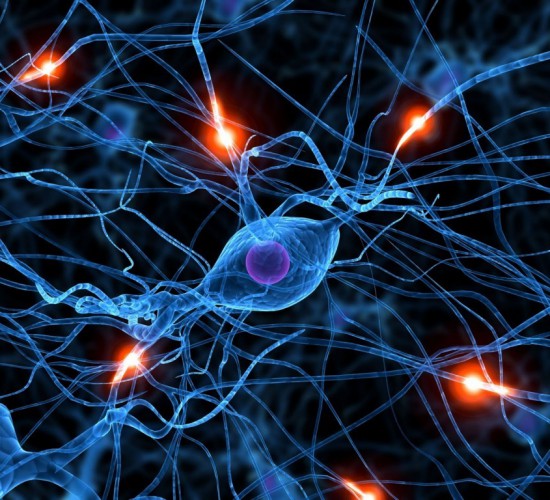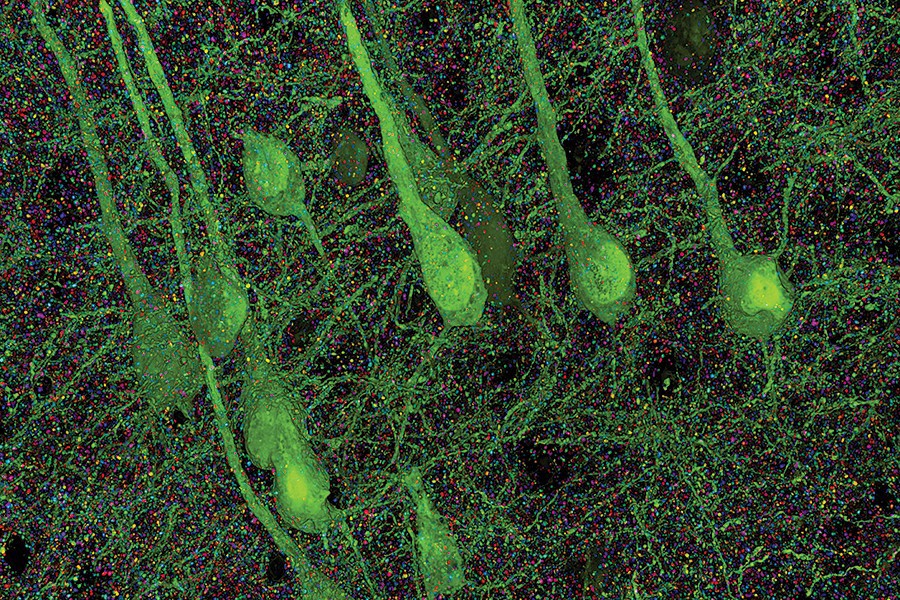The 10th International Conference on Magnetic and Superconducting Materials (MSM17) will be held during 18-21 September, 2017 at Sharif University of Technology in Tehran, Iran. MSM17 is to bring together innovative scientists in physics, chemistry, materials science, electrical engineering, and industrial experts in the field of Magnetism and Superconductivity to a common forum. The primary goal of the conference is to promote research and developmental activities in Magnetism and Superconductivity and promote scientific information interchange.
Observing your excellent scientific contribution, with great pleasure we would like to consider you as a potential author and participant. You are welcome to submit abstracts for presentation. Please register through online: Conference website < http://physics.sharif.ir/~msm17 > .
IMPORTANT/Due to time limitation, we appreciate if you would kindly inform different institutions, your colleagues (international & national), and students of the conference website and deadline for submission of abstract (Feb. 13, 2017) as soon as possible.
Invited Speakers:
(To Be Completed)
E. Antipov , University of Moscow, Russia
C.W. Paul Chu , University of Houston, TX, USA
S. Deemyad , University of Utah, UT, USA
C. Draxl , Institute for Physics, Berlin, Germany
M. Eremets , Max-Planck Institute for Chemistry, Germany
M. Farle , University of Duisburg-Essen, Germany
J. Furdyna , University of Notre Dame, IN, USA
L.H. Greene , Florida State University, FL, USA
X. Jin , Fudan University, Shanghai, China
*T.K. Lee , Institute of Physics, Academia Sinica, Taipei, Taiwan
*A.J. Leggett , University of Illinois, IL, USA
*B. Maple , University of San Diego, CA, USA
H.R. Ott , LFET, Zurich, Switzerland
W. Pickett , University of Davis, CA, USA
M.K. Wu , Institute of Physics, Academia Sinica, Taipei, Taiwan
L. Yu , Institute of Physics, Chinese Academy of Sciences, China
Topics
I. Physics and Chemistry of Materials Synthesis
a- Advances in techniques of obtaining high-quality material.
b- Thin films and quantum structures (quantum wells, quantum wires, quantum dots, superlattices)
c- The physics of surfaces and interfaces
II. Physical Properties
a- Electronic properties and band structure.
b- Transport, magneto-transport, magneto-optical properties.
c- Thermodynamic properties, critical phenomena, phase transitions.
d- Flux dynamics, Josephson effect, critical current.
III. Special Topics in Magnetism
a- Anomalous quantum Hall effect.
b- Amorphous magnetism, spin glasses.
c- Bio-magnetism.
d- Ferrites, garnets, permanent magnets.
e- Nanomagnetism, quantum dot.
f- Ferrofluids.
g- Magnetic semiconductors.
h- Spintronics and spin transport.
i- Skyrmions and their manipulation.
j- Magnetic imaging and microscopy.
IV. Special Topics in Superconductivity
a- High-Tc cuprates.
b- Fe-based superconductivity.
c- Hydrogen-rich materials, especially at high pressure.
d- Superconductivity at nanoscale.
e- Boron-based superconductivity.
f- Magnetic superconductors.
g- Heavy Fermion.
h- Organic superconductivity.
i- Topological superconductivity; Majorana fermions.
V. Thoretical Approaches
a- Low dimensional systems.
b- Frustrated magnetic systems.
c- HTSC mechanism.
d- Magnetic interactions and ordering.
VI. Applications
a- Power, HTSC motors, microwave devices, sensors, optoelectronic.
b- Magnetic recording.
c- Medical and pharmaceutical applications of magnetism.
Key Dates:
Deadline for receipt of extended abstract: February 13, 2017
Notice of acceptance sent to authors: March 31, 2017
Preliminary program announced: April 30, 2017
Deadline for receipt of manuscript: June 30, 2017
Deadline for full registration and payment: July 31, 2017
Deadline for cancellation: August 31, 2017
Final program announced: September 10, 2017
Conference commences: September 18, 2017
Conference Secretariat:
Magnet Research Laboratory (MRL)
Department of Physics
Sharif University of Technology
P.O. Box: 11155-9161
Tehran, Iran
Tel: (+98 21) 66164501, 66164544, 66164510
Fax: +98 21 66022711 (Department)
Best Regards,
MSM17 Executive Committee




